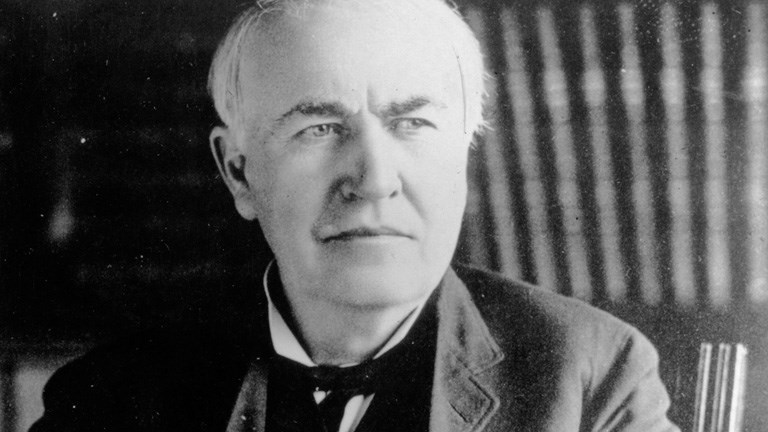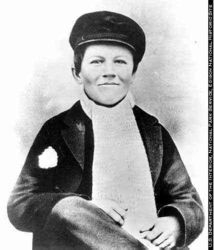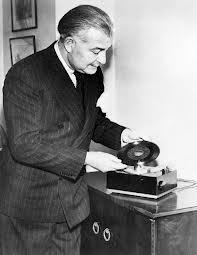 |
| (Biography.com) |
Thomas' full name is Thomas Alva Edison. Thomas Edison was born in February 11, 1847 and has lived until October 18, 1931. Thomas Edison created the phonograph, the motion picture camera, and the long lasting electric light bulb. Edison was a inventor and a businessman. Edison's devices and products has influenced the whole world.
 |
| (National Park Service) |
Thomas was born in Milan, Ohio, but he grew up in Port Huron, Michigan. He was the last child of Samuel Ogden Edison and Nancy Matthews Eliot. When Thomas was little, his father had to escape from Canada because he was part of the Mackenzie Rebellion in 1837. At a young age, Edison had Scarlet fever, which that had caused him not to hear as much.
 |
| (Wikipedia) |
When Edison became older he became a Telegrapher. When Thomas was 19 years old, he moved to Louisville, Kentucky because he was an employee at Western Union. Later on in his life, Edison got married twice (1 of them died), and had 6 children. Thomas' first invention that he created was the phonograph. It was created at 1877 in Newark, New Jersey.
Thomas Edison is an inspiration to us all because without him we would have no excellent light bulbs. He is an inspiration to me because he never gave up whenever he did a mistake, he just chose to try again. Some of us just try something, and if it doesn't work, then we just choose to stop and give up. Thomas has taught us that it's okay to mess up, you don't have to give up, that you can learn from your mistakes if you just try again!
Thomas Edison is a person that has created the long lasting light bulb. Thomas could not hear very good when he was little, so people considered him as deaf. He was married twice, and had 6 children. Thomas' very first invention was the phonograph. Thomas has taught everyone that if you mess up try again. So,basically, you can learn from your mistakes by trying again and not giving up.
Page created on 9/15/2014 12:00:00 AM
Last edited 9/15/2014 12:00:00 AM
Service, National Park. "Thomas Edison National Historical Park." [Online] Available http://www.nps.gov/aboutus/index.htm.
